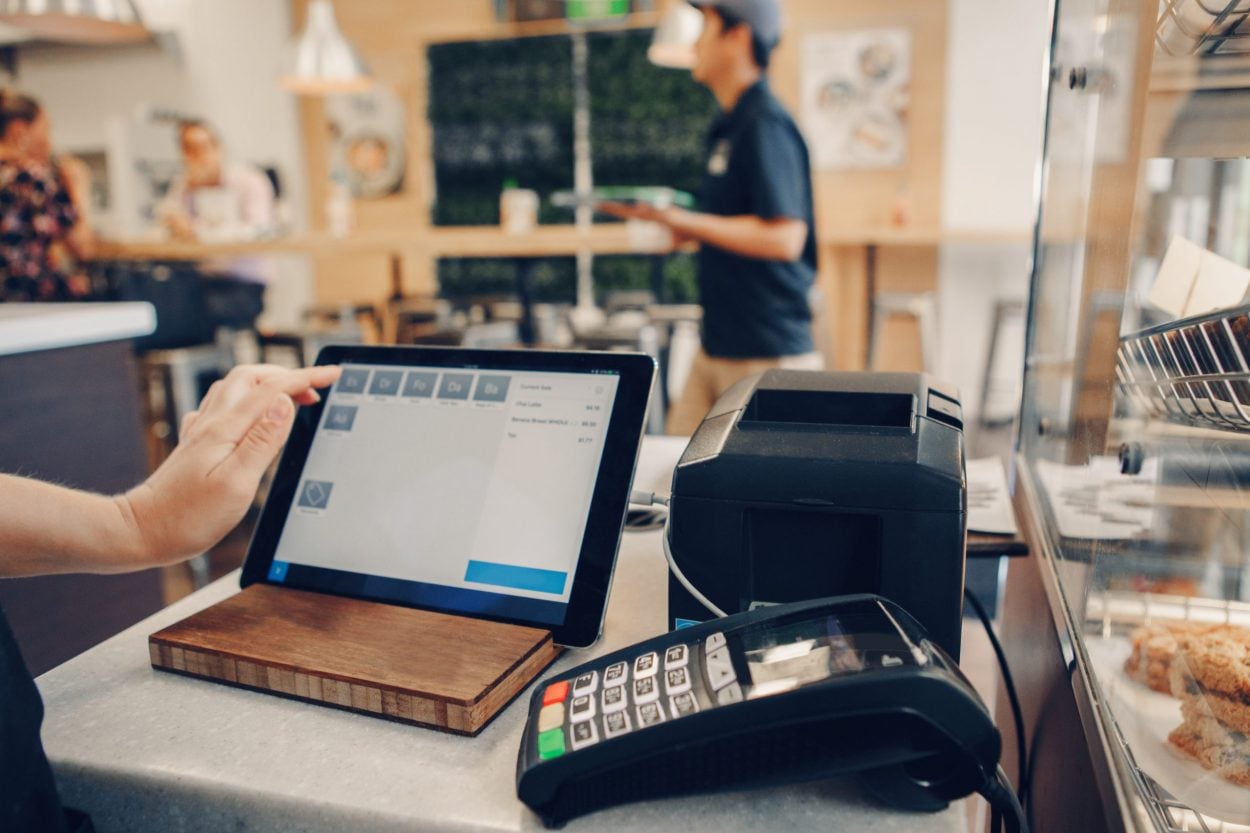In the dynamic world of retail, businesses are constantly seeking ways to improve efficiency, enhance customer experiences, and stay competitive. Retail automation software has emerged as a vital tool for modern businesses, streamlining operations and providing a host of benefits. This article explores the key advantages of implementing retail automation software and how it can transform retail operations.
Understanding Retail Automation Software
Retail automation software encompasses a variety of technological solutions designed to automate various processes within retail operations. This includes inventory management, point-of-sale (POS) systems, customer relationship management (CRM), and e-commerce platforms. By leveraging these technologies, retailers can reduce manual tasks, minimize errors, and focus on delivering exceptional customer service.
1. Streamlined Operations
One of the primary benefits of retail automation software is the ability to streamline operations. Automation reduces the time and effort required to complete routine tasks, allowing employees to focus on more strategic activities.
Benefits:
- Reduced Manual Work: Automation minimizes the need for manual data entry and repetitive tasks, freeing up staff for higher-value work.
- Improved Workflow: By automating processes, retailers can create more efficient workflows that enhance productivity and reduce operational bottlenecks.
Example:
A clothing retailer can use automation software to manage inventory levels automatically, reducing the time spent on stock checks and reordering.
2. Enhanced Customer Experience
In today’s competitive retail environment, providing an exceptional customer experience is paramount. Retail automation software can significantly enhance customer interactions by enabling personalized service and efficient communication.
Benefits:
- Personalized Marketing: Automation software can analyze customer data to create targeted marketing campaigns that resonate with individual preferences.
- Instant Support: Chatbots and automated customer service systems can provide 24/7 assistance, addressing customer inquiries quickly and effectively.
Example:
An online retailer can implement automation to send personalized emails with product recommendations based on previous purchases, increasing engagement and sales.
3. Improved Inventory Management
Effective inventory management is crucial for retail success, and retail automation software excels in this area. Automation solutions provide real-time tracking and management of stock levels.
Benefits:
- Real-Time Inventory Monitoring: Retailers can track stock levels and sales in real time, reducing the risk of stockouts and overstock situations.
- Automated Reordering: The software can automatically generate purchase orders when inventory levels fall below a certain threshold, ensuring that popular items are always available.
Example:
A grocery store using retail automation software can automatically reorder items as they sell, ensuring that customers always find what they need.
4. Data-Driven Insights
Retail automation software provides powerful analytics tools that help businesses gain valuable insights into customer behavior and sales trends. This data-driven approach enables retailers to make informed decisions.
Benefits:
- Sales Analytics: Retailers can analyze sales data to identify top-performing products and pinpoint areas for improvement.
- Customer Insights: Understanding customer preferences allows retailers to tailor their offerings and marketing strategies effectively.
Example:
By analyzing data from their retail automation software, a retailer can identify which products are trending and adjust their inventory and marketing efforts accordingly.
5. Cost Reduction
Implementing retail automation software can lead to significant cost savings for businesses. By automating processes, retailers can reduce labor costs and minimize errors that may result in financial losses.
Benefits:
- Lower Operational Costs: Automation reduces the need for manual labor, leading to decreased payroll expenses.
- Minimized Errors: Automated systems help reduce human error in inventory management and financial transactions, saving money on corrections.
Example:
A retailer that automates its inventory management can significantly reduce the costs associated with overstocking and stockouts, ultimately improving profit margins.
6. Enhanced Employee Productivity
Retail automation software not only benefits customers but also enhances employee productivity. By automating routine tasks, employees can focus on more meaningful work that drives business growth.
Benefits:
- Time Savings: Employees spend less time on repetitive tasks, allowing them to engage in more strategic activities.
- Better Job Satisfaction: By reducing mundane tasks, employees can take on more fulfilling roles, leading to higher job satisfaction and retention.
Example:
A retail store can implement automation to streamline the checkout process, allowing cashiers to focus on providing personalized service to customers rather than entering data.
7. Scalability
As businesses grow, their operations must adapt to increased demand. Retail automation software provides the scalability needed to manage growth effectively.
Benefits:
- Flexible Solutions: Automation systems can easily be scaled up or down based on business needs, allowing retailers to respond quickly to market changes.
- Support for Expansion: Retailers can expand their operations without significantly increasing complexity, as automation handles many processes seamlessly.
Example:
A retailer looking to expand into new markets can implement retail automation software to manage additional inventory and sales channels efficiently.
8. Improved Compliance and Security
Retail automation software can help businesses maintain compliance with industry regulations and enhance security measures to protect sensitive customer data.
Benefits:
- Automated Compliance Reporting: Retailers can automate reporting processes to ensure compliance with tax regulations and other industry standards.
- Enhanced Data Security: Automation software often includes security features that protect customer information and transaction data from breaches.
Example:
A retailer can use automation to generate compliance reports automatically, reducing the risk of errors and ensuring adherence to regulations.
Conclusion
Retail automation software is transforming the way modern businesses operate, providing a multitude of benefits that enhance efficiency, improve customer experiences, and drive profitability. By streamlining operations, improving inventory management, and leveraging data-driven insights, retailers can stay competitive in a rapidly evolving market. As technology continues to advance, the adoption of retail automation software will be essential for businesses looking to thrive in the future.

